John Ruskin - Ariadne Florentina - Six Lectures on Wood and Metal Engraving
Здесь есть возможность читать онлайн «John Ruskin - Ariadne Florentina - Six Lectures on Wood and Metal Engraving» — ознакомительный отрывок электронной книги совершенно бесплатно, а после прочтения отрывка купить полную версию. В некоторых случаях можно слушать аудио, скачать через торрент в формате fb2 и присутствует краткое содержание. Жанр: foreign_home, literature_19, visual_arts, foreign_antique, на английском языке. Описание произведения, (предисловие) а так же отзывы посетителей доступны на портале библиотеки ЛибКат.
- Название:Ariadne Florentina: Six Lectures on Wood and Metal Engraving
- Автор:
- Жанр:
- Год:неизвестен
- ISBN:нет данных
- Рейтинг книги:4 / 5. Голосов: 1
-
Избранное:Добавить в избранное
- Отзывы:
-
Ваша оценка:
- 80
- 1
- 2
- 3
- 4
- 5
Ariadne Florentina: Six Lectures on Wood and Metal Engraving: краткое содержание, описание и аннотация
Предлагаем к чтению аннотацию, описание, краткое содержание или предисловие (зависит от того, что написал сам автор книги «Ariadne Florentina: Six Lectures on Wood and Metal Engraving»). Если вы не нашли необходимую информацию о книге — напишите в комментариях, мы постараемся отыскать её.
Ariadne Florentina: Six Lectures on Wood and Metal Engraving — читать онлайн ознакомительный отрывок
Ниже представлен текст книги, разбитый по страницам. Система сохранения места последней прочитанной страницы, позволяет с удобством читать онлайн бесплатно книгу «Ariadne Florentina: Six Lectures on Wood and Metal Engraving», без необходимости каждый раз заново искать на чём Вы остановились. Поставьте закладку, и сможете в любой момент перейти на страницу, на которой закончили чтение.
Интервал:
Закладка:
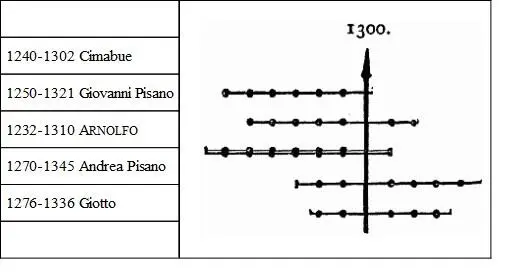
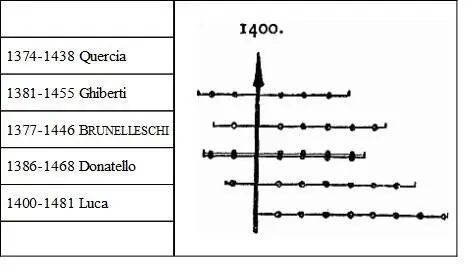
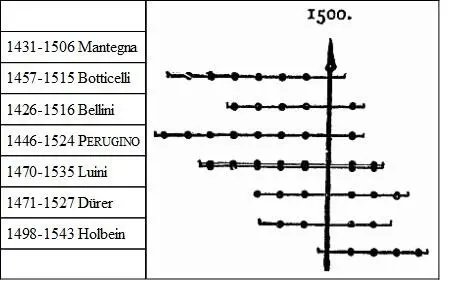
53. But why should four unfortunate masters be dropped out?
Well, I want to drop them out, at any rate; but not in disrespect. In hope, on the contrary, to make you remember them very separately indeed;—for this following reason.
We are in the careless habit of speaking of men who form a great number of pupils, and have a host of inferior satellites round them, as masters of great schools.
But before you call a man a master, you should ask, Are his pupils greater or less than himself? If they are greater than himself, he is a master indeed;—he has been a true teacher. But if all his pupils are less than himself, he may have been a great man , but in all probability has been a bad master , or no master.
Now these men, whom I have signally left out of my groups, are true Masters .
Niccola Pisano taught all Italy; but chiefly his own son, who succeeded, and in some things very much surpassed him.
Orcagna taught all Italy, after him, down to Michael Angelo. And these two—Lippi, the religious schools, Verrocchio, the artist schools, of their century.
Lippi taught Sandro Botticelli; and Verrocchio taught Lionardo da Vinci, Lorenzo di Credi, and Perugino. Have I not good reason to separate the masters of such pupils from the schools they created?
54. But how is it that I can drop just the cards I want out of my pack?
Well, certainly I force and fit matters a little: I leave some men out of my list whom I should like to have in it;—Benozzo Gozzoli, for instance, and Mino da Fiesole; but I can do without them, and so can you also, for the present. I catch Luca by a hair's-breadth only, with my 1400 rod; but on the whole, with very little coaxing, I get the groups in this memorable and quite literally 'handy' form. For see, I write my lists of five, five, and seven, on bits of pasteboard; I hinge my rods to these; and you can brandish the school of 1400 in your left hand, and of 1500 in your right, like—railway signals;—and I wish all railway signals were as clear. Once learn, thoroughly, the groups in this artificially contracted form, and you can refine and complete afterwards at your leisure.
55. And thus actually flourishing my two pennons, and getting my grip of the men, in either hand, I find a notable thing concerning my two flags. The men whose names I hold in my left hand are all sculptors; the men whose names I hold in my right are all painters.
You will infallibly suspect me of having chosen them thus on purpose. No, honor bright!—I chose simply the greatest men,—those I wanted to talk to you about. I arranged them by their dates; I put them into three conclusive pennons; and behold what follows!
56. Farther, note this: in the 1300 group, four out of the five men are architects as well as sculptors and painters. In the 1400 group, there is one architect; in the 1500, none. And the meaning of that is, that in 1300 the arts were all united, and duly led by architecture; in 1400, sculpture began to assume too separate a power to herself; in 1500, painting arrogated all, and, at last, betrayed all. From which, with much other collateral evidence, you may justly conclude that the three arts ought to be practiced together, and that they naturally are so. I long since asserted that no man could be an architect who was not a sculptor. As I learned more and more of my business, I perceived also that no man could be a sculptor who was not an architect;—that is to say, who had not knowledge enough, and pleasure enough in structural law, to be able to build, on occasion, better than a mere builder. And so, finally, I now positively aver to you that nobody, in the graphic arts, can be quite rightly a master of anything, who is not master of everything!
57. The junction of the three arts in men's minds, at the best times, is shortly signified in these words of Chaucer. Love's Garden,
Everidele
Enclosed was, and walled well
With high walls, embatailled,
Portrayed without, and well entayled
With many rich portraitures.
The French original is better still, and gives four arts in unison:—
Quant suis avant un pou alé
Et vy un vergier grant et le,
Bien cloz de bon mur batillié
Pourtrait dehors, et entaillié
Ou (for au) maintes riches escriptures.
Read also carefully the description of the temples of Mars and Venus in the Knight's Tale. Contemporary French uses 'entaille' even of solid sculpture and of the living form; and Pygmalion, as a perfect master, professes wood carving, ivory carving, waxwork, and iron-work, no less than stone sculpture:—
Pimalion, uns entaillieres
Pourtraians en fuz 11 11 For fust, log of wood, erroneously 'fer' in the later printed editions. Compare the account of the works of Art and Nature, towards the end of the Romance of the Rose.
et en pierres,
En mettaux, en os, et en cire,
Et en toute autre matire.
58. I made a little sketch, when last in Florence, of a subject which will fix the idea of this unity of the arts in your minds. At the base of the tower of Giotto are two rows of hexagonal panels, filled with bas-reliefs. Some of these are by unknown hands,—some by Andrea Pisano, some by Luca della Robbia, two by Giotto himself; of these I sketched the panel representing the art of Painting.
You have in that bas-relief one of the foundation-stones of the most perfectly built tower in Europe; you have that stone carved by its architect's own hand; you find, further, that this architect and sculptor was the greatest painter of his time, and the friend of the greatest poet; and you have represented by him a painter in his shop,—bottega,—as symbolic of the entire art of painting.
59. In which representation, please note how carefully Giotto shows you the tabernacles or niches, in which the paintings are to be placed. Not independent of their frames, these panels of his, you see!
Have you ever considered, in the early history of painting, how important also is the history of the frame maker? It is a matter, I assure you, needing your very best consideration. For the frame was made before the picture. The painted window is much, but the aperture it fills was thought of before it. The fresco by Giotto is much, but the vault it adorns was planned first. Who thought of these;—who built?
Questions taking us far back before the birth of the shepherd boy of Fésole—questions not to be answered by history of painting only, still less of painting in Italy only.
60. And in pointing out to you this fact, I may once for all prove to you the essential unity of the arts, and show you how impossible it is to understand one without reference to another. Which I wish you to observe all the more closely, that you may use, without danger of being misled, the data, of unequaled value, which have been collected by Crowe and Cavalcaselle, in the book which they have called a History of Painting in Italy, but which is in fact only a dictionary of details relating to that history. Such a title is an absurdity on the face of it. For, first, you can no more write the history of painting in Italy than you can write the history of the south wind in Italy. The sirocco does indeed produce certain effects at Genoa, and others at Rome; but what would be the value of a treatise upon the winds, which, for the honor of any country, assumed that every city of it had a native sirocco?
Читать дальшеИнтервал:
Закладка:
Похожие книги на «Ariadne Florentina: Six Lectures on Wood and Metal Engraving»
Представляем Вашему вниманию похожие книги на «Ariadne Florentina: Six Lectures on Wood and Metal Engraving» списком для выбора. Мы отобрали схожую по названию и смыслу литературу в надежде предоставить читателям больше вариантов отыскать новые, интересные, ещё непрочитанные произведения.
Обсуждение, отзывы о книге «Ariadne Florentina: Six Lectures on Wood and Metal Engraving» и просто собственные мнения читателей. Оставьте ваши комментарии, напишите, что Вы думаете о произведении, его смысле или главных героях. Укажите что конкретно понравилось, а что нет, и почему Вы так считаете.
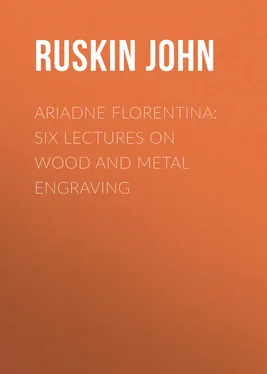

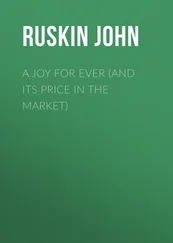
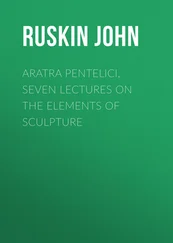
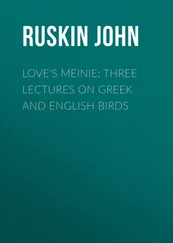
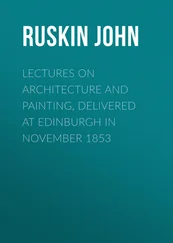
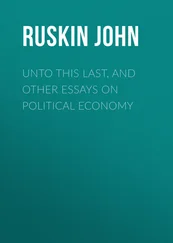
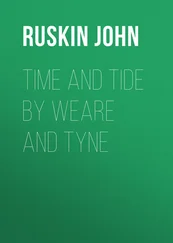
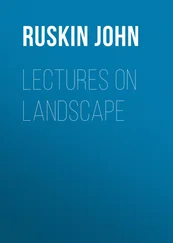
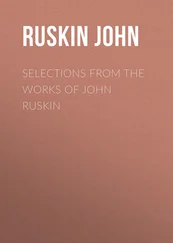
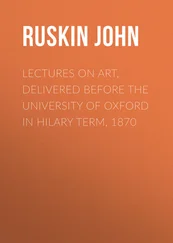
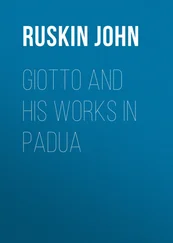
![John Bruce - The Lettsomian Lectures on Diseases and Disorders of the Heart and Arteries in Middle and Advanced Life [1900-1901]](/books/749387/john-bruce-the-lettsomian-lectures-on-diseases-and-disorders-of-the-heart-and-arteries-in-middle-and-advanced-life-1900-1901-thumb.webp)